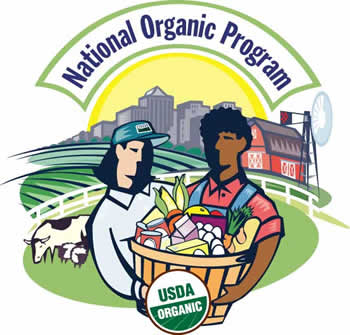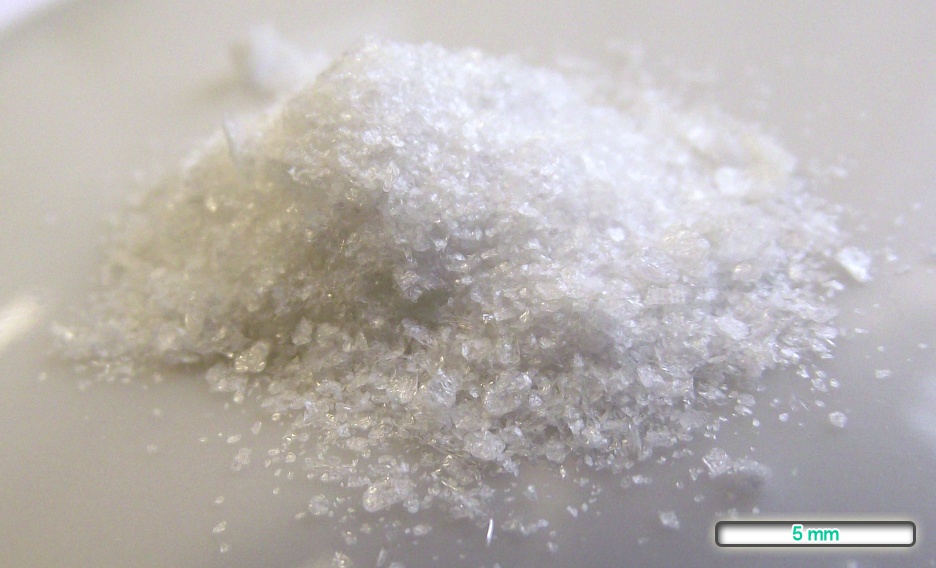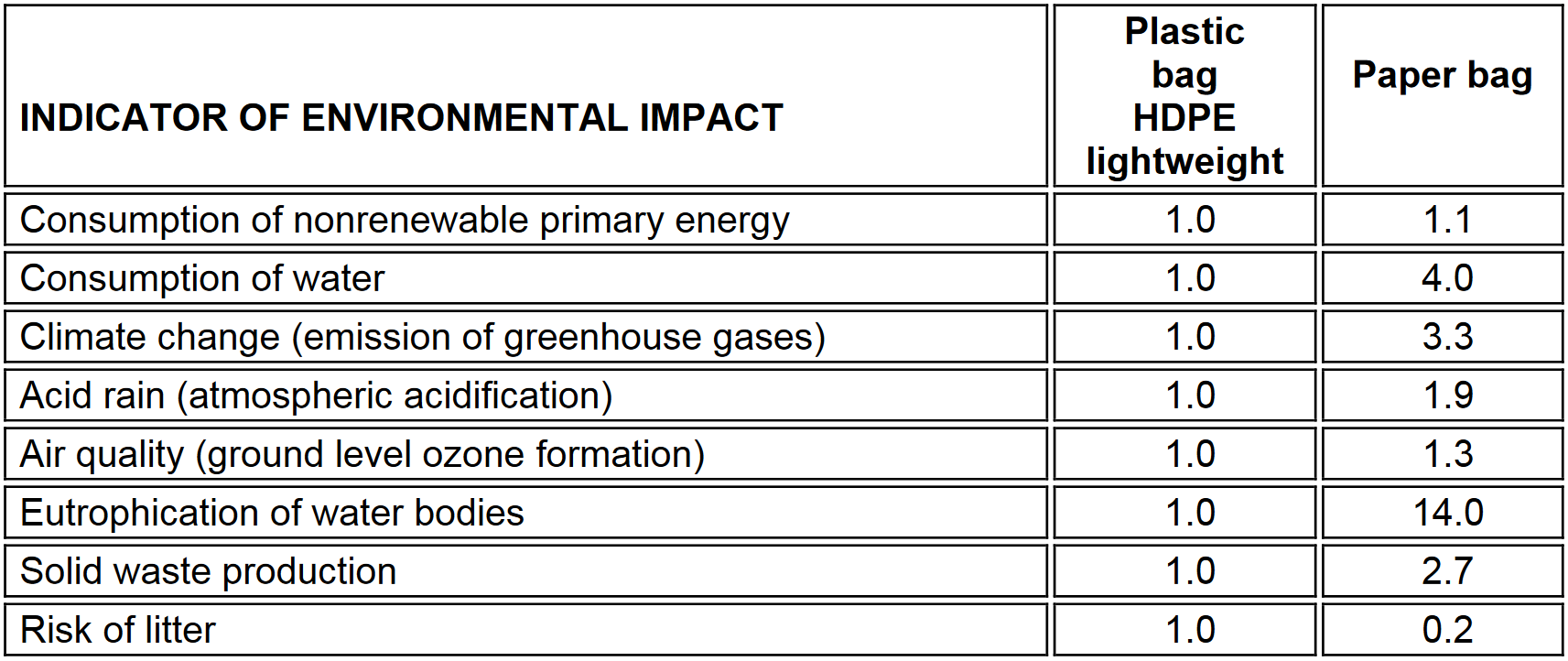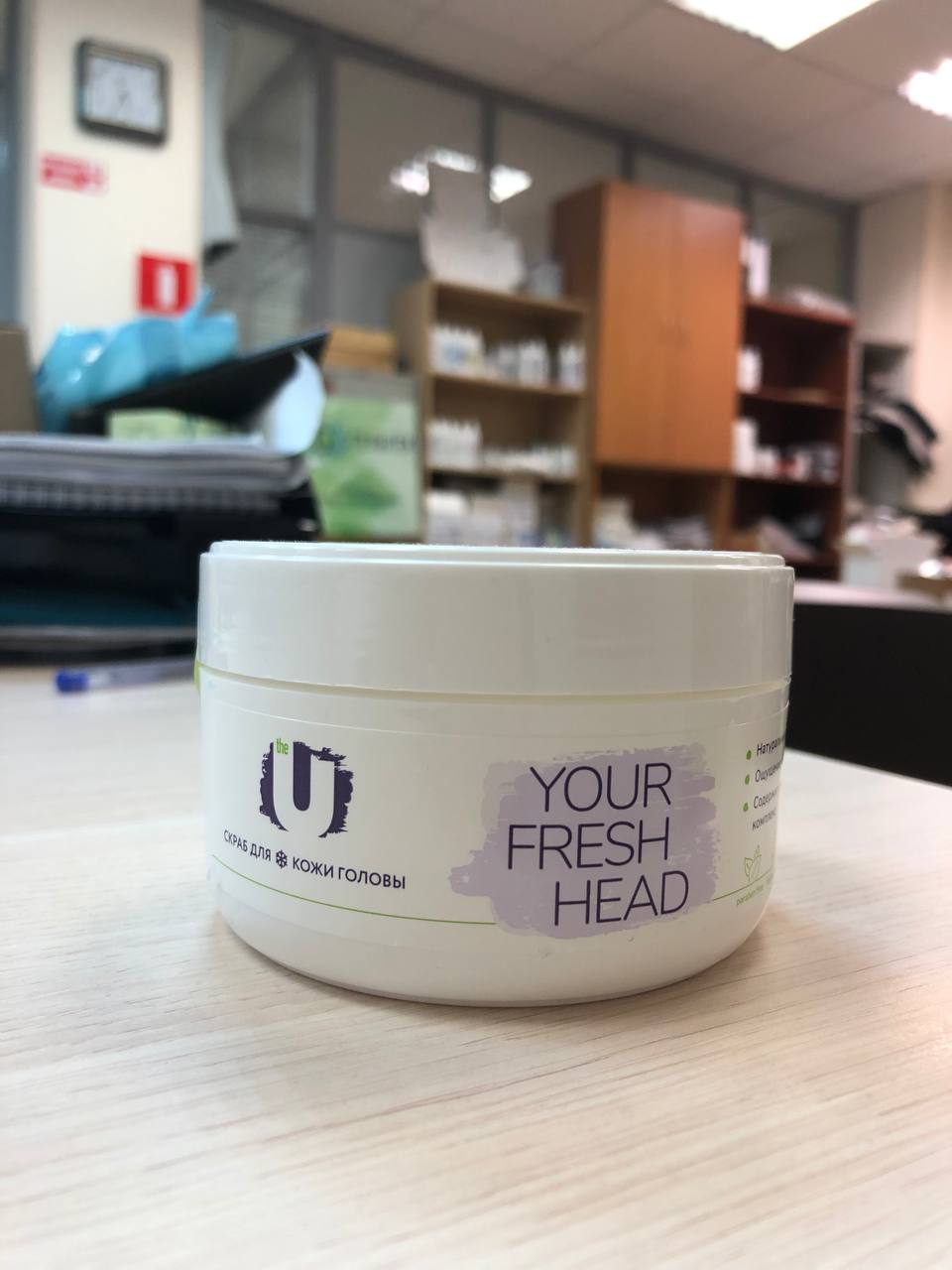
Tyler Durden makes a homemade recipe. Most likely organic, based on glycerin.
We here launched a line of eco-cosmetics and started making production more environmentally friendly. In fact, of course, it began with the fact that we almost threefold reduced our water consumption due to a radical redesign of the water treatment line. Actually, we wanted to pay less to the city for it, but it turned out very environmentally friendly.
Once we saw the savings, we looked at other green solutions. And more trends led to the fact that in any case it was necessary to produce eco-cosmetics or organic cosmetics in general. Because the inscription "eco-" gives at least + 20% to the price.
And then a strange contradiction began.
The fact is that almost everything that is called "organic" and "eco", in fact, when calculating the consumed resources per unit of production, is not such. Let me give you a couple of examples. When "organic" lettuce began to appear on store shelves more expensive than usual, I was surprised. Seriously, would you take a lettuce richly fertilized with natural manure from a nearby farm when there are controlled hydroponic lines where it grows in clean solutions? Especially after 2011, when natural fertilizers infected a bunch of people in Germany with an antibiotic-resistant strain of E. coli and killed 48 of them.
What are organic foods in general?

USDA NationalOrganicProgram logo .
The term "organic product" amuses every person involved in chemistry. Immediately, there is a rich selection of inorganic products from table salt, soda and tap water. In fact, this concept describes agricultural products grown without the use of pesticides, mineral fertilizers, growth regulators and corresponding to a number of other parameters. In general, the idea of labeling conditional corn, which was grown and processed without the use of harmful substances, looks pretty good at first glance. But in the end everything turned out as usual.
The topic very quickly became fashionable, despite the fact that, in fact, the introduction of such "organic production" leads to a sharp decrease in yields and higher prices . Okay, even the increased price and a return to the ancient technologies of the times of the hoe and the hand press were justified by the quality of the product. Many are willing to pay more to eat healthier foods rich in vitamins and nutrients. But stubborn science, as always, frustrates with its boring facts. A large meta-analysis in 2009 found that eating organic food did not have any health benefits when compared to similar foods. And they did not find any unique differences in vitamins and nutritional value either. ...
As a result, we get expensive products that still have a lot of problems in terms of their environmental friendliness. For some reason, people very often identify these terms, but in reality, organic production, on the contrary, is rather problematic in terms of its impact on ecosystems. You will spend a lot more water, energy and other resources to grow the same amount of crops as with traditional intensive farming.
Simply put, "organic" is a product created in a suboptimal way, often with greater expenditure of planetary resources than an "inorganic" product.
Scary propylene glycol in organic cosmetics
If we talk about cosmetics that fit the definition of "organic", then it is even more interesting there. If you follow all the requirements, then the product turns out, to put it mildly, very expensive and in some places frankly lower quality. I personally tried to make cucumber extracts on a hand press as a test. There was a slight feeling that I had entered the Amish community and returned to the 19th century lifestyle.
Let me give you a trivial example. In organic cosmetics, it is forbidden to use propylene glycol to obtain extracts, and it is also impossible to include it in its composition, despite the fact that the same propylene glycol is an absolutely permitted food additive E1520. Yes, you can safely ingest it in reasonable amounts. An adult will need to take about one and a half kilograms of pure substance in order to be poisoned. That is, the substance is 2.8 times less toxic than ethyl alcohol , which is quite used internally. And 6.7 times less toxic than dreaded table saltthat you put in your soup. But such horror, of course, cannot be put into organic cosmetics. And it is allowed to use supercritical CO2 or glycerin as a solvent for the extract. They are often either more expensive for a particular application or do not provide the required extraction parameters. It is quite possible to work with them, but within a certain reasonable framework, where it is justified from the point of view of common sense.
Now let's move on to glycerin, which is very organic.
Petroleum glycerin
This is my favorite myth about the terrible glycerin, which is obtained from oil. And so he will do something terrible to your skin, in contrast to natural vegetable, which is just good in the flesh and not at all like that. Anyone who is even a little familiar with chemistry knows that two identical molecules of any substance have exactly the same properties. And it doesn't matter from what raw material they are obtained, as long as the required degree of purity is maintained. Therefore, it makes no sense to talk about natural and chemical vitamin C, glycerin or any other substance.
It makes sense to talk about cleaning. This is a pain for production, in fact, because, for example, the same salts of hyaluronic acid in Russia can be obtained only of cadaveric origin from poultry factories (these are processed combs of roosters), but not from a bioreactor with good drunk bacteria (as we order from Europe). Roosters contain their cock proteins, which, even after cleaning, destabilize the raw material and can cause allergies. The bacteria don't add anything to the recipe. The same applies to all natural herbal extracts: if it is possible to replace the components, then we usually buy purified individual substances, but often we need to get exactly a complex of substances, which is tens or hundreds of times easier to get in a 20-ton canister of chamomile solution.
Let's go back to glycerin. The most interesting thing is that for the most part, glycerin is not obtained from oil. Because a typical chemical synthesis route looks like this: propylene -> allyl chloride -> epichlorohydrin -> glycerin. This is a rather expensive process. And so much so that now a huge number of factories are being built that work in the opposite direction of synthesis: glycerin -> epichlorohydrin. Epichlorohydrin is a key and quite expensive component in the production of epoxy resins, while glycerin from natural sources is much cheaper.
To get natural glycerin, you just need to take any oil or fat, split fatty acids from it in an alkaline medium and separate the resulting glycerin. Everything. And it doesn't matter what kind of fat it was. Extra virgin olive oil, a scary-looking oilseed cake and waste frying oil from the nearest fast food are suitable. Further, only a question of the quality of cleaning and production. We, of course, do not use glycerin obtained from deep fat, but not because of some prejudice, but simply because it is not processed to the required degree of purity due to economic unprofitability. Such sources go almost entirely to the production of biodiesel. But they are quite successfully fed goats . Seriously.
Here I don't even know what to say to fans of organic cosmetics. Well, just glycerin and glycerin. Further, the dispute usually goes to preservatives.
No less terrible preservatives

Crystals of benzoic acid. One of the most common preservatives.
Essentially, organic cosmetics means no preservatives. I have already said before that any such products without preservatives, in fact, are a delicious food for millions of bacteria and lower fungi. That is, all this should be stored only in the refrigerator, and packing in jars is simply unacceptable. You cannot poke a finger into such a product as usual: you immediately contaminate it, and it will deteriorate very quickly.
Yes, we try not to overload our products with an excessive amount of preservatives, but this still does not fit the slightly strange requirements of "organic". This is solved with the correct dispensing bottles. This is because we are already making rather complex formulas, and adding another agent in a large amount is not an idea. Benzoic acid is a good example. Food additive E210 or E211 in the form of sodium salt. Suppresses the growth of any mold and bacteria. And, of course, a creepy preservative that is incredibly dangerous according to some purity advocates. The maximum permissible concentration in food products is 0.15–0.25% of the mass of the product. And here again it turns out to be inconvenient for the ardent advocates of the concept “everything is only natural!”. The most natural lingonberry contains up to 0.2% benzoic acid.In cranberries there is less, but also quite a lot. As a result, fresh berries simply would not pass the standards for added preservatives if benzoates were not naturally synthesized in the plant itself. By the way, this is why the packaging of fruit drinks is often proudly written "No preservatives". It's just that there are already so many natural benzoates that you don't have to add anything else.
And yes, if we talk about blocking the growth of fungi in solution, then without such means it is extremely difficult to do it. Ecolabels often use preservatives that can resist bacteria for a while, but not fungus.
The next step is packaging
With packaging, everything is quite simple: less packaging means better ecology.
But the advantages of cardboard and paper over plastic are a very common misconception. Very often, when a manufacturer wants to emphasize his closeness to nature, he uses paper bags and boxes of the most natural brownish hue. Once again, stubborn scientists spoil all marketing. Here is an excellent and detailed study from Northern Ireland:

The research shows very convincingly that much more natural resources are spent on the production of paper packaging. You need more water, the creation process is more energy intensive. Plus, paper takes up more volume and weighs more, which means that it will take more trucks to transport such packaging than to transport plastic containers. At the same time, recycling one kilogram of plastic requires 91% less energy than recycling one kilogram of paper.
But, nevertheless, we decided to remove the extra cardboard from our packages: it is environmentally friendly and allows for cost optimization.
And yet we launched an eco-series
The market is a harsh thing. If the consumer wants environmental friendliness, we try to help him with this. We have launched a separate series “ the U ”, which is most consistent with our idea of such products.
In the sense that out of the multitude of everything that falls under the definition of "eco-cosmetics", we have chosen what really gives at least some benefit to the environment, and does not increase harm. We do not want to follow the eco-trends of the smoker, which are often absurd and make the ecosystem worse, but we try to adhere to the environmental friendliness of a healthy person.

Scrub Your Fresh Head for scalp .
We tried to remove the excess of the same cardboard for which we were scolded by many. It is not yet possible to get rid of it completely, but we have already stopped depicting a matryoshka from many nested boxes. Our scalp scrub from this series is packaged in the same cans as our unipast for EEG. Previously, we first packed in group boxes of six pieces, which were already folded into shipping boxes. We excluded group boxes from this chain and began to put them directly into shipping boxes. This saved quite a lot of cardboard, but we had to tweak the can opener control. In the absence of additional packaging, this is important.
We selected preservatives in this series completely similar to those found in plant sources. This is benzoic acid and its salts already known to you. And also phenylethyl alcohol. In addition to antibacterial activity, it has one very important bonus - it smells very tasty of roses. In industry, it is commonly used as a substitute for natural rose oil. In natural sources, it is found in rose, geranium, nerolium and other essential oils. In the final version of our products, we decided to use benzyl alcohol and an ester of glycerin with a pleasant odor - ethylhexylglycerol. The latter, in addition to antibacterial activity, also has a pleasant effect - it works as an emollient, reducing the loss of moisture in the skin. This is a very nice bonus for people with atopic dermatitis. But I'll tell you about this separately sometime.
Well, at the same time, we got around to modifying our water treatment. For the production of our polymers, we need a lot of highly purified water after a reverse osmosis membrane. Yes, I understand that reducing water consumption in arid regions of Africa will not add to it. Even so, we decided that it would be unwise to spend more resources than necessary. Firstly, water is still not free, and secondly, even in humid regions, the infrastructure is not designed for unlimited growth in consumption. Therefore, we completely redesigned this unit and significantly reduced the amount of salt concentrate that is discharged back into the sewer when receiving clean water. Even the video was shot on the toe. Vertical as you like.
Video from water treatment
And if I am for the environment?
Don't blindly trust marketers. In any incomprehensible situation, it is better to check with scientific sources and research on this topic. Quite often it turns out that the conclusions are exactly the opposite.
If you are interested, then come to our telegram channel (@geltek_cosmetics) with the chronicles of our cozy laboratory.